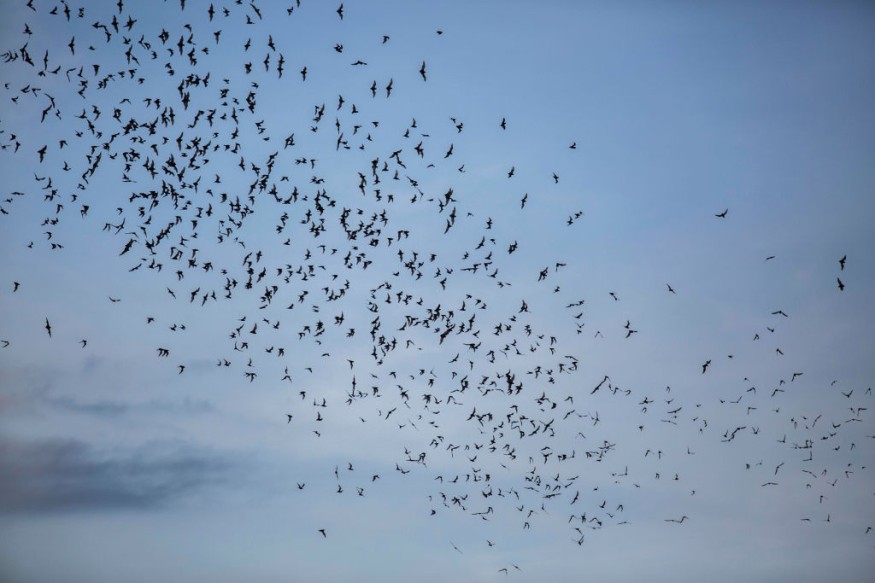Vampire bats (Desmodus rotundus) have been shown in countless movies under the "Dracula" franchise or anything involving vampires.
These small, hairy, and nocturnal winged creatures are known to make caves, trees, and old buildings their dwelling places.
Most importantly, blood is the only diet on their menu.
In a new study, scientists discovered some lost genes that could explain why vampire bats can survive on blood alone.
The genes helped the ancestors of the bats today to develop physiological and behavioral strategies to adjust to the diet-similar to vampires depicted in Western pop culture.
Lost Genes

In the new research published in the journal Science Advances on March 25, scientists found 13 lost genes or DNA sequences from vampire bats over time, allowing the nocturnal mammals to develop their strange diet as part of adaptive evolutionary changes.
Michael Hiller, a genomicist at the Senckenberg Society for Nature Research in Frankfurt, Germany, and his team organized a genetic instruction book of D. rotundus and determined that three out of the 13 missing genes were responsible for the bat's craving for blood, as per the Science News site.
The three lost genes were reportedly associated with bitter and sweet taste receptors, which likely decreased the vampire bats' sense of taste, leading to their current "bloody-only" diet guided by millions of years of evolution.
Furthermore, the 10 other lost genes were said to have become useless for the bats since a blood-rich diet has a low calorie and sugar content.
The said genes increased insulin levels and stored a large amount of converted sugar. As a result, the blood-only diet became incompatible with the genomic characteristics.
In spite of the groundbreaking discovery, scientists still have no clue on whether their diet caused their loss of sense of taste or vice versa.
Also Read: Vampire Bats Love Bacon Too
Vampire Bats as Sanguivores
A vampire bat is just one of the many species of sanguivores¸ a creature that relies on consuming fresh blood for survival.
Some of the primary examples of sanguivorous animals are mosquitoes, ticks, assassin bugs, and leeches.
According to a report provided by the Texas Tech University (TTU) in Lubbock, USA, vampire bats rarely feed on humans despite their depictions in horror movies.
The main prey of the winged nocturnal is domestic livestock, some birds, and wild mammals.
The bats mainly reside in warm climates like in the arid regions of Central America, South America, and Mexico.
Other than, D. rotundus, the other two species of vampire bats are Diamus youngi and Diphylla ecaudata, where both prefer to feed on birds, as per the TTU.
For many years, scientists have investigated and debated the mechanisms, timeline, and reasons on how vampire bats developed their unique traits in relation to their blood-eating evolution.
Theory of Evolution
Although the answer is still not clear, Charles Darwin's theory of evolution by natural selection suggested that certain biological traits of a living organism are either replaced, developed, or removed gradually over time, depending on its survival necessity to a single organism.
According to the Smithsonian Magazine, during Darwin's study on the Galapagos Islands, some finch species became capable of drinking the blood of large sea birds.
The behavior is reportedly surprising, but finches are known for their ability to adapt, as per the Smithsonian Magazine.
This is notably the case, especially when there is no other food available.
© 2025 NatureWorldNews.com All rights reserved. Do not reproduce without permission.





